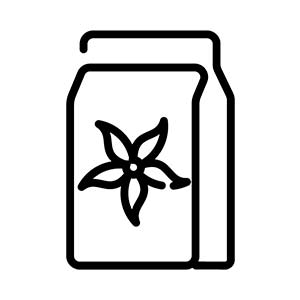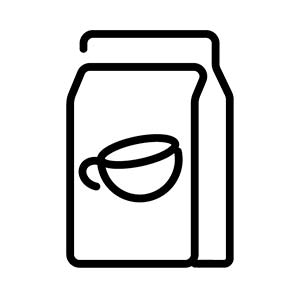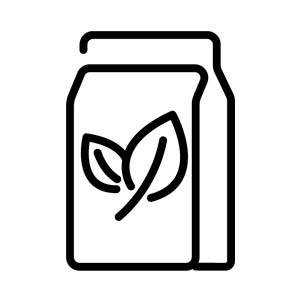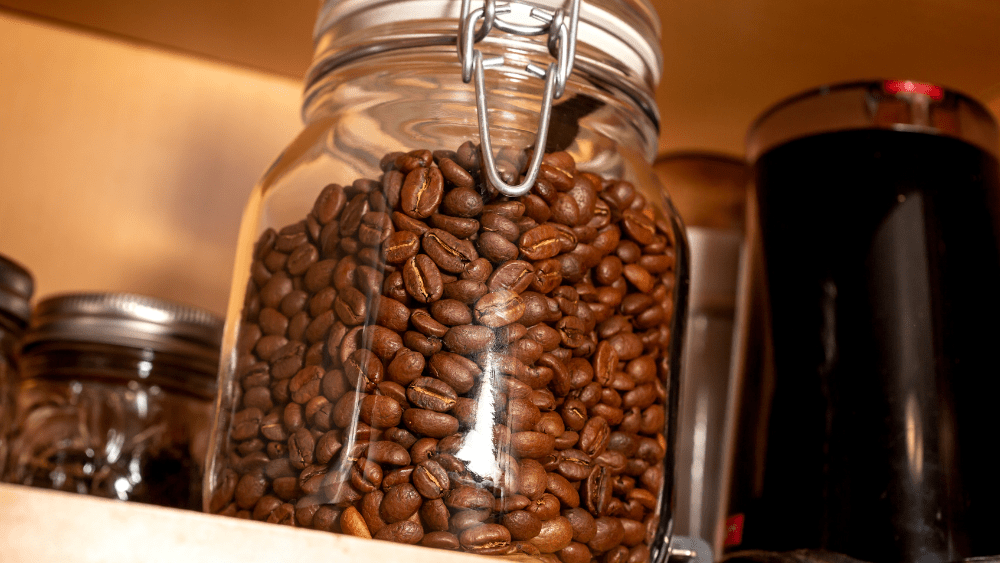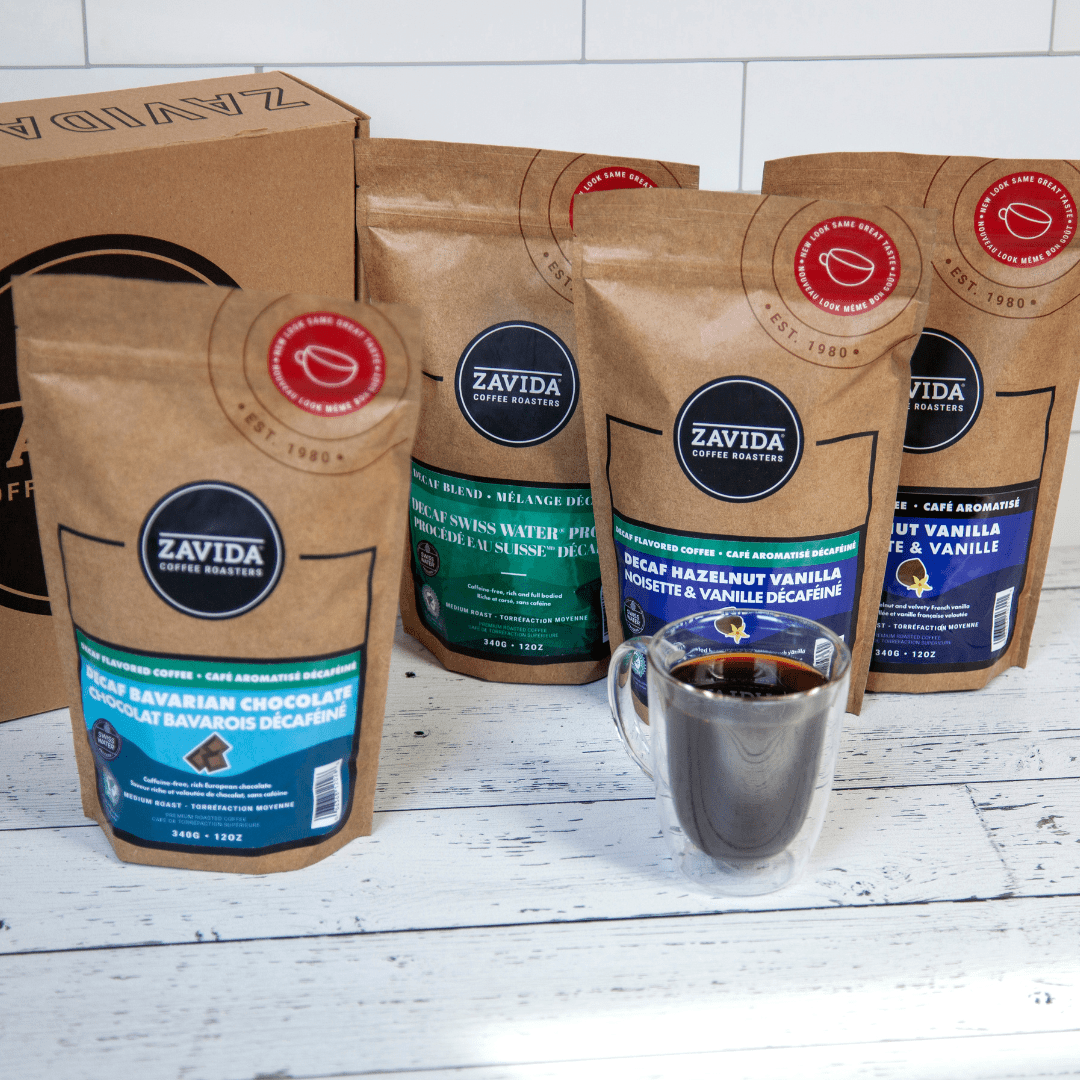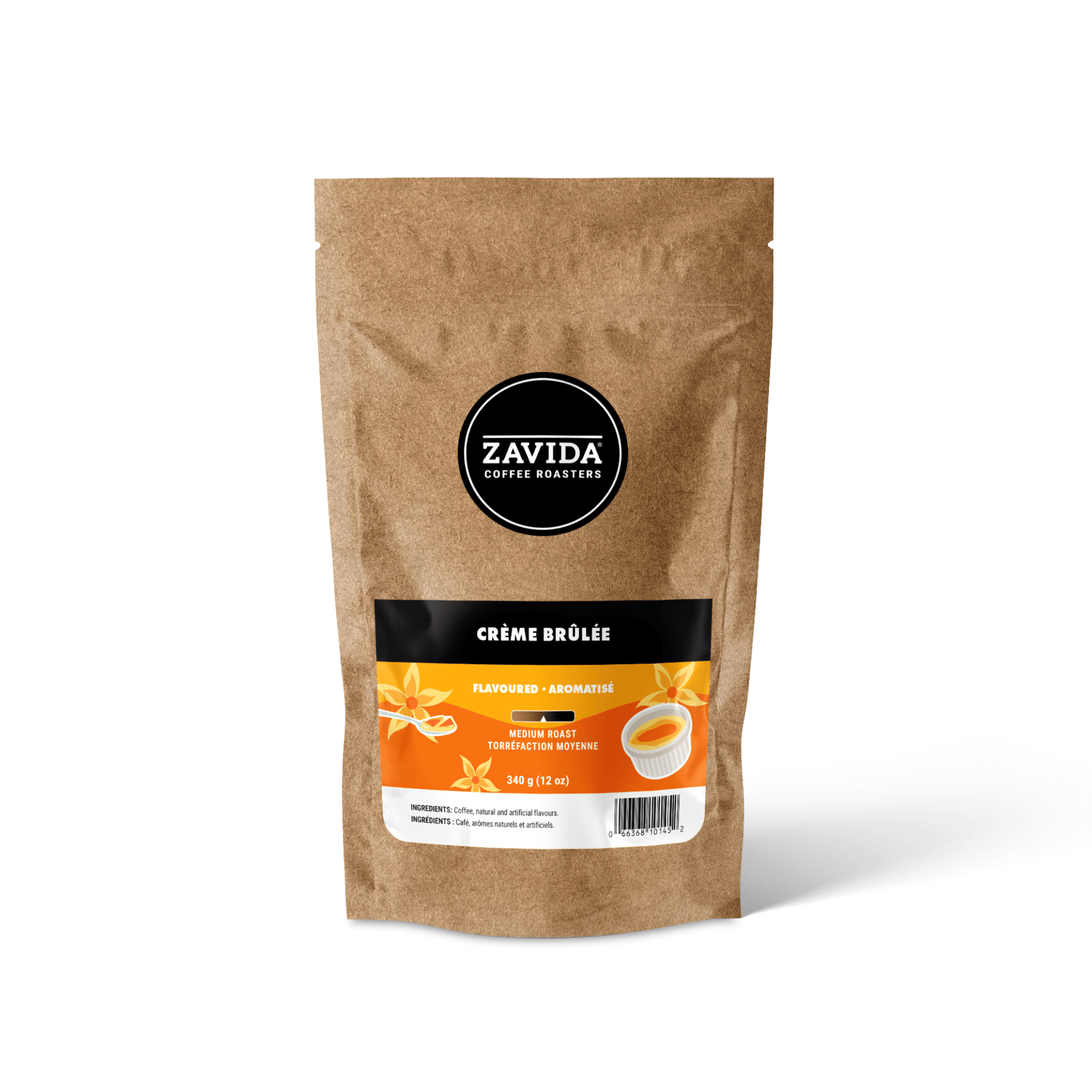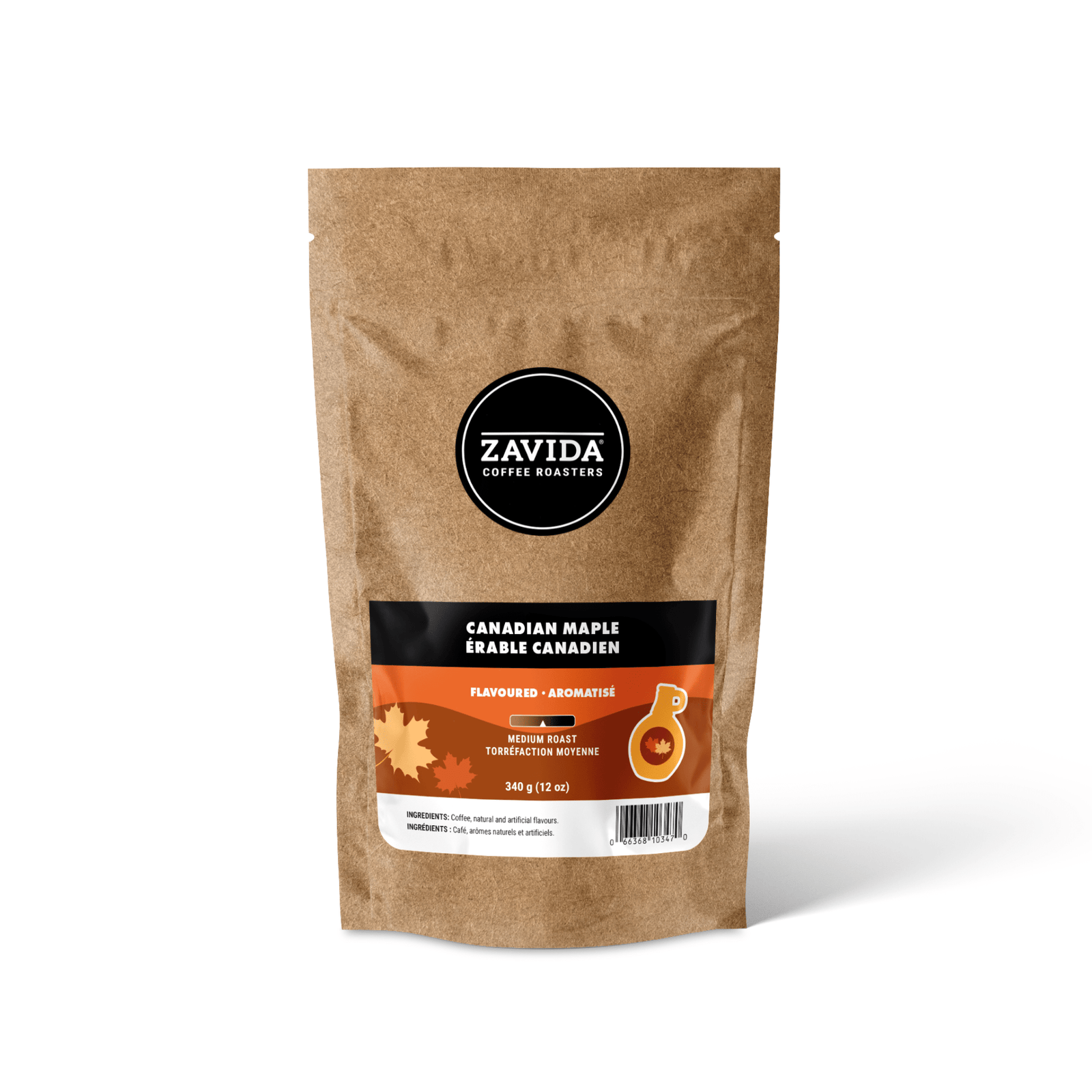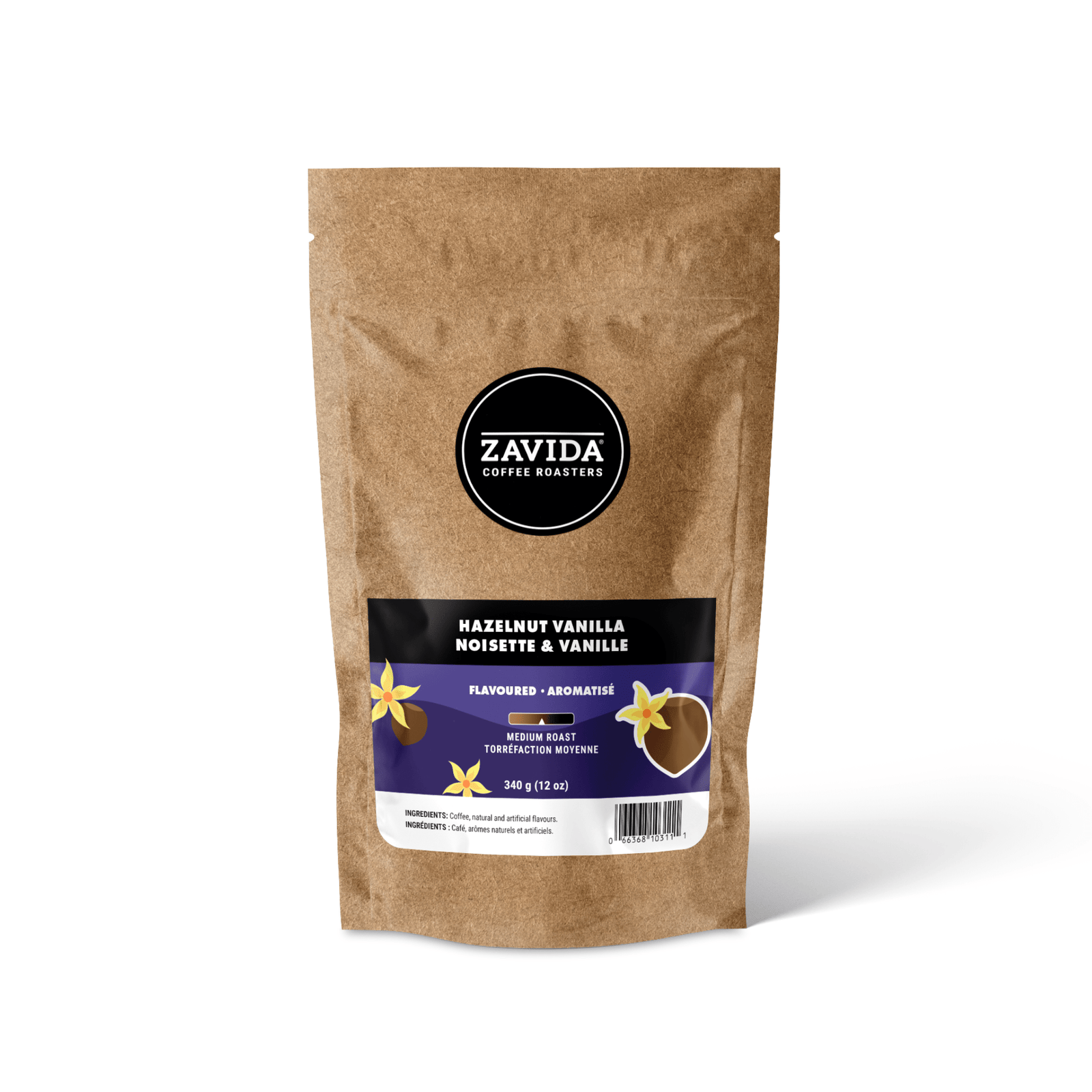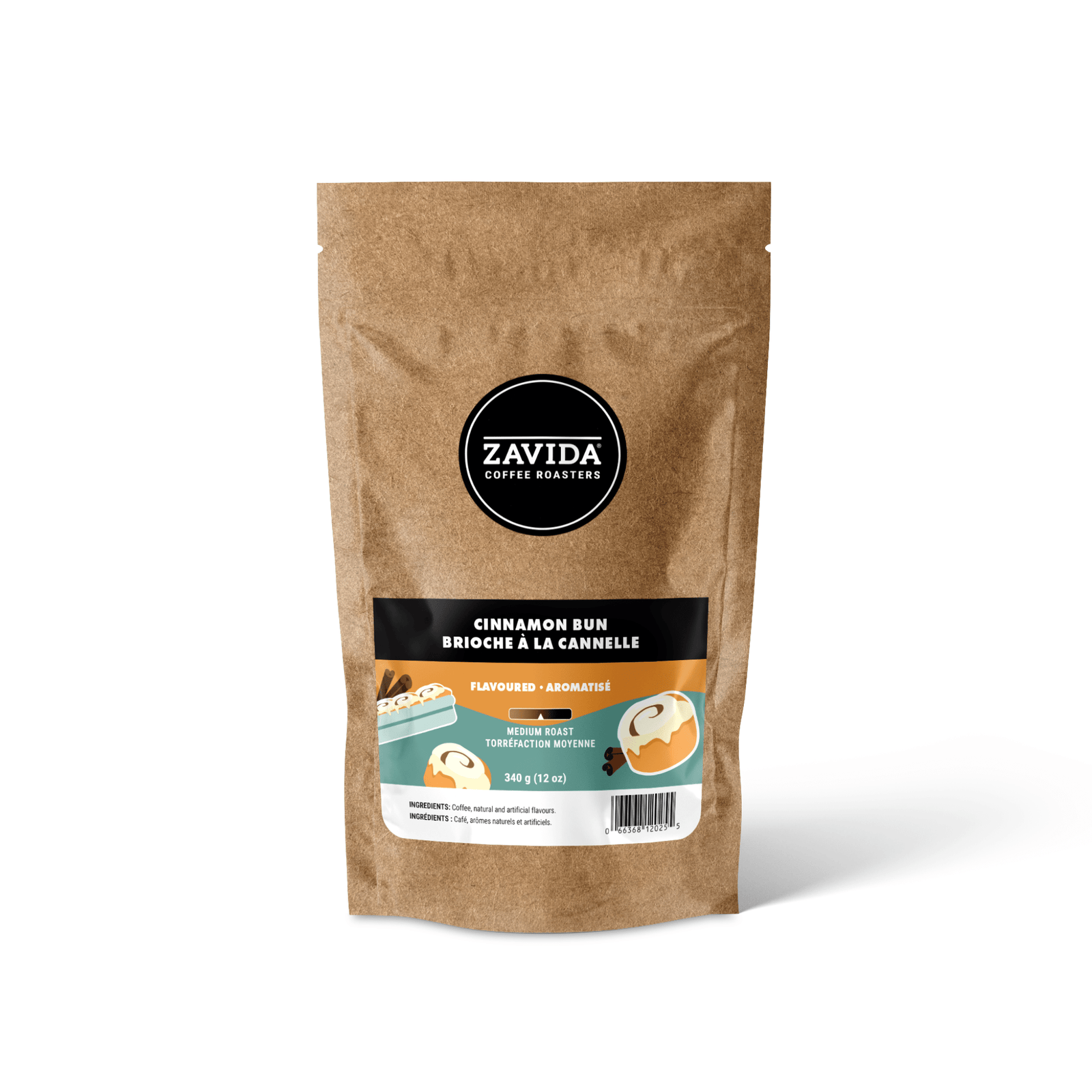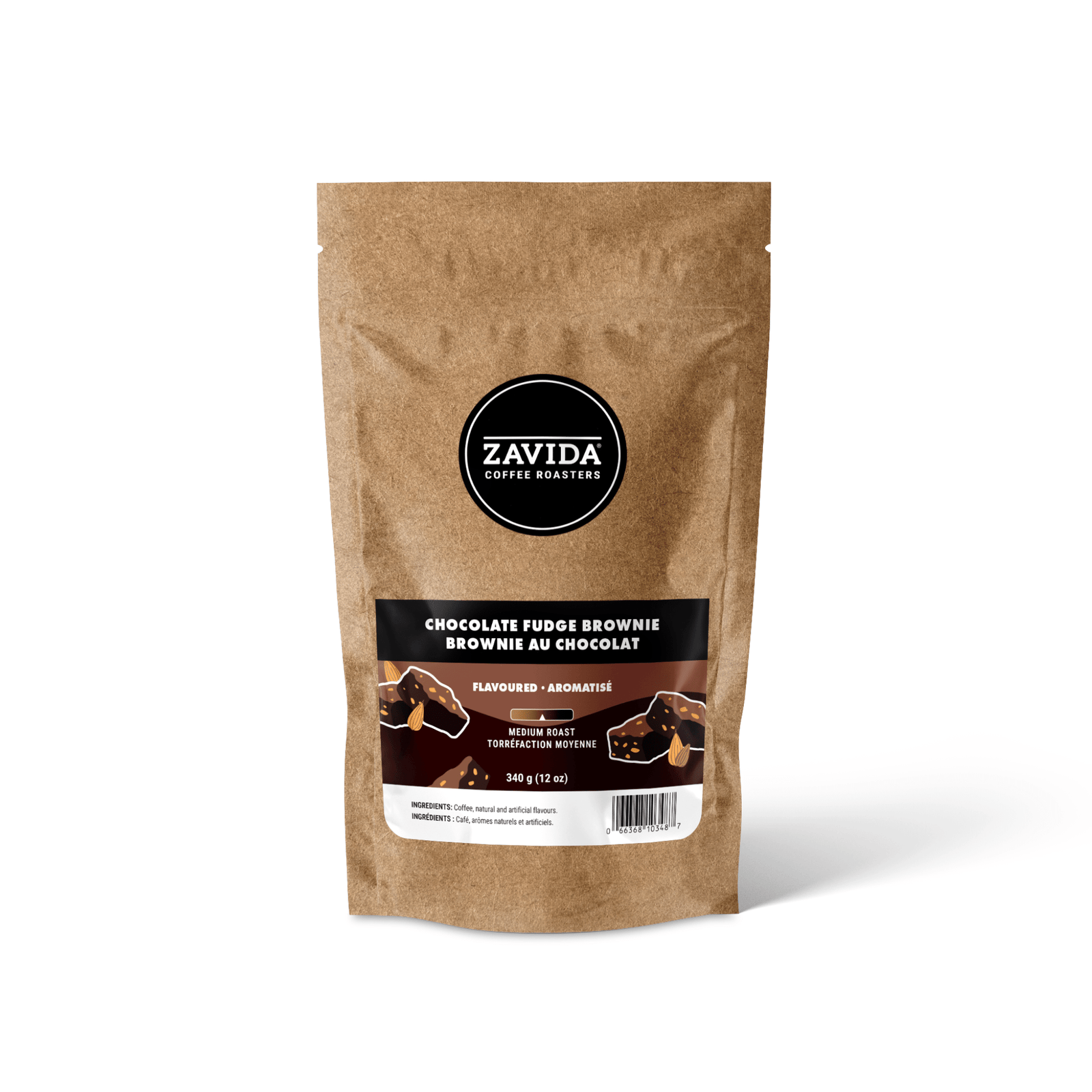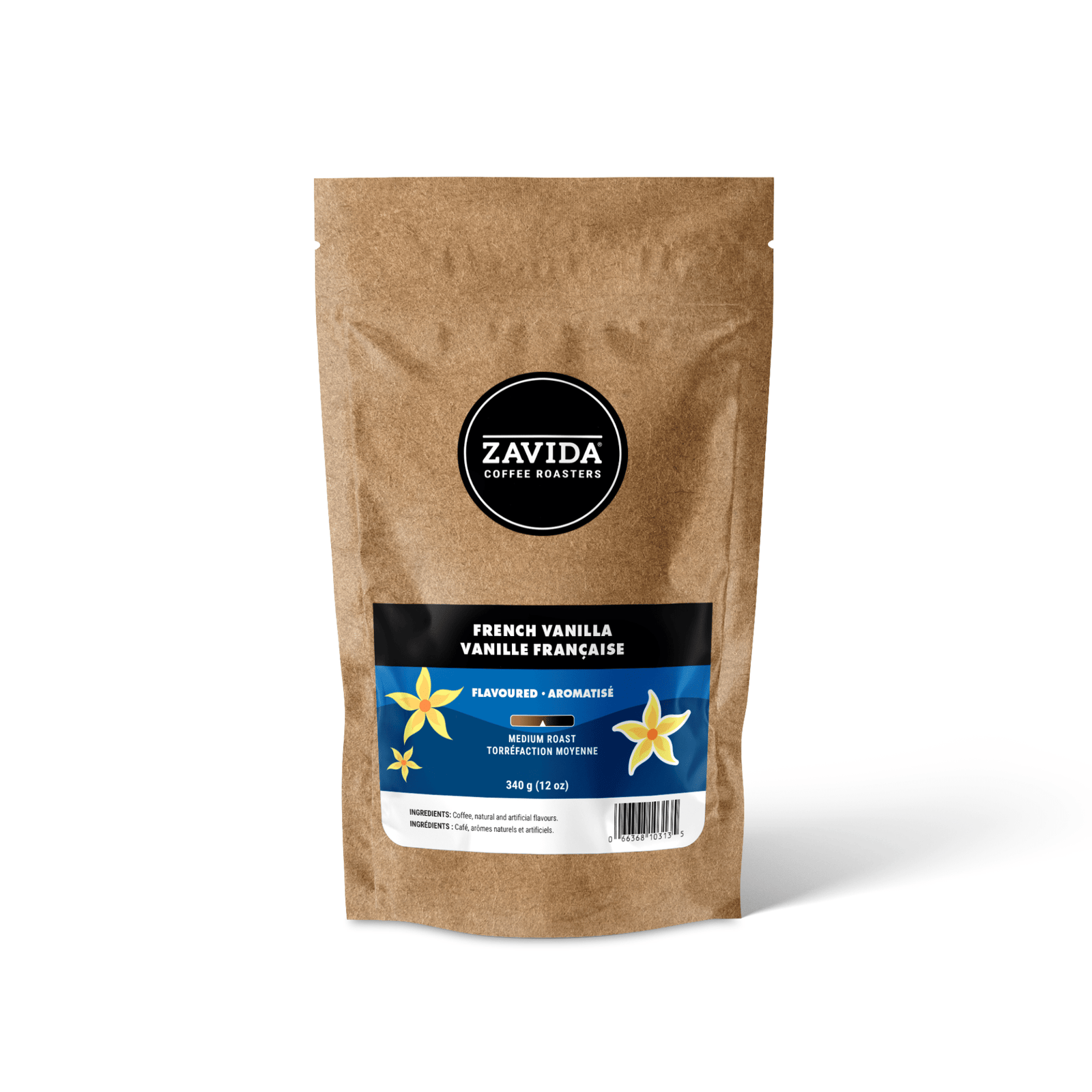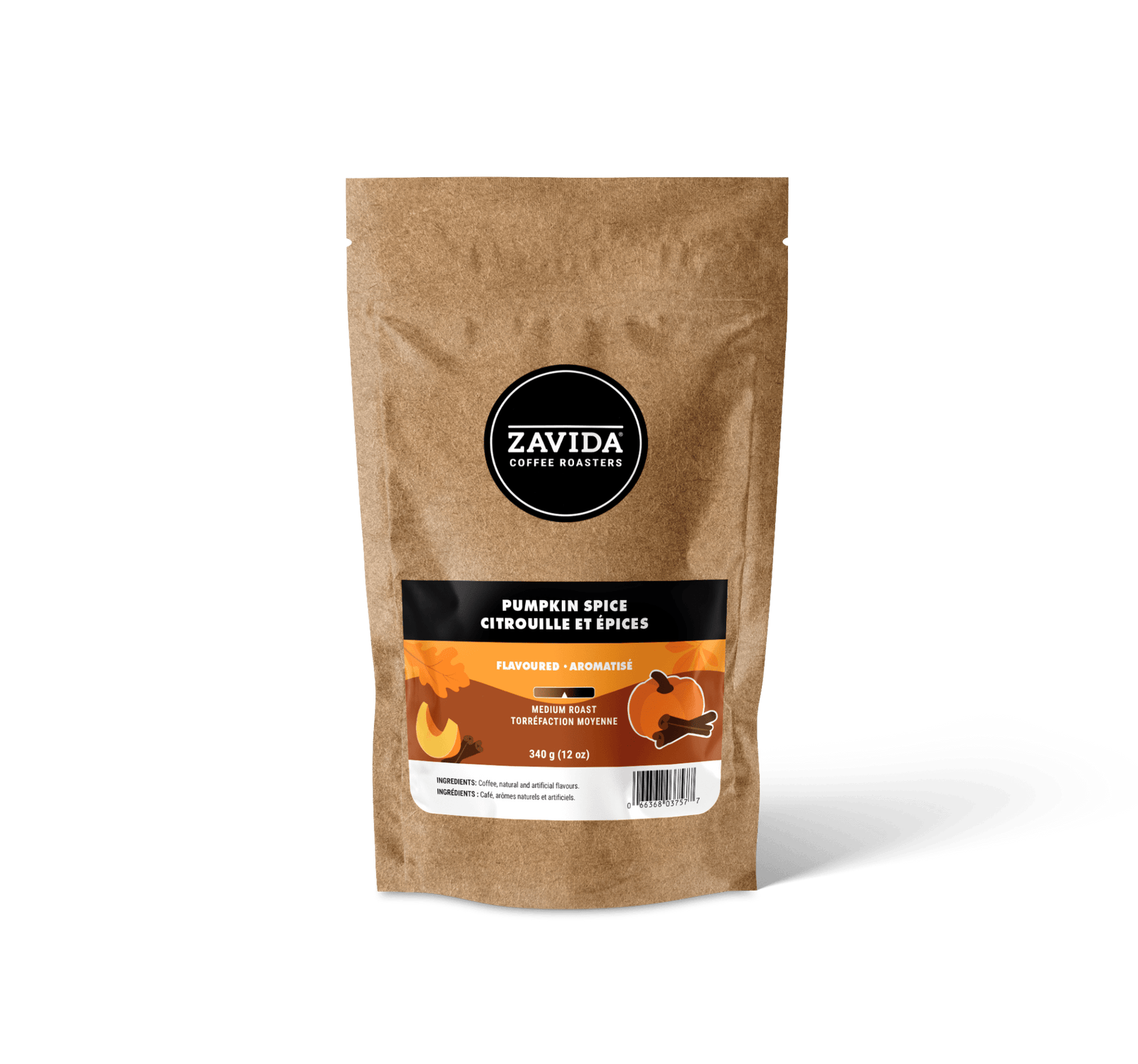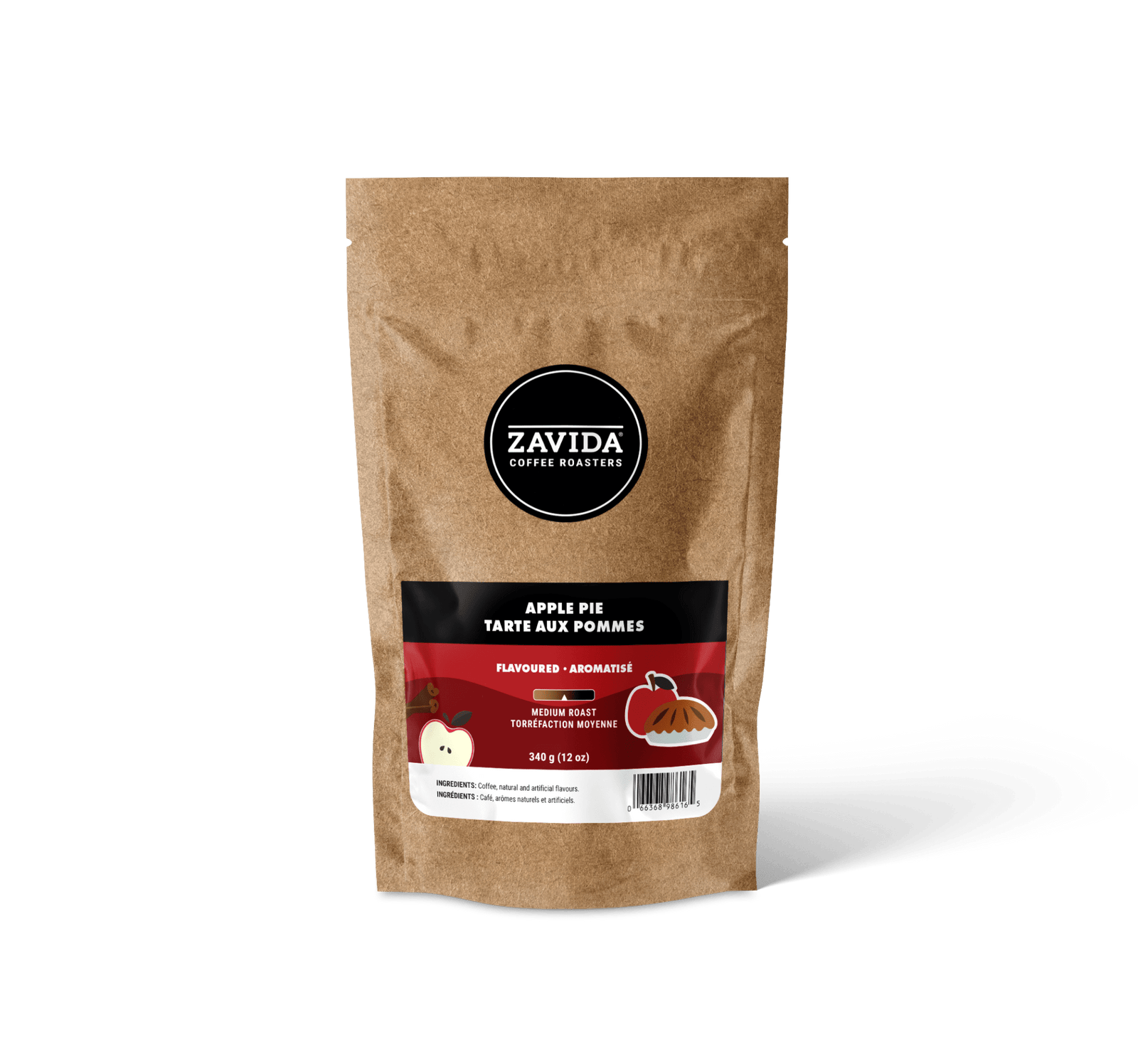
Tout café est acide, c'est pourquoi vous pourriez ressentir une sensation de brûlure dans la poitrine, voire des symptômes de reflux acide après avoir savouré une ou deux tasses de votre café préféré. Pour certains, cela signifie éviter complètement le café, tandis que pour d'autres, il s'agit simplement de gérer l'inconfort après l'avoir bu.
L'acidité du café n'est pas forcément néfaste : elle influence le profil aromatique et l'équilibre du grain, et ne doit pas être totalement évitée. Heureusement, vous n'êtes pas obligé d'éviter le café ni de subir les effets secondaires désagréables de l'acidité. Voici quelques stratégies pour réduire l'acidité de votre café, quel que soit le moment de la journée.
CHOISISSEZ LE BON CAFÉ
Le type de café que vous achetez influencera grandement la survenue de brûlures d'estomac et de reflux acides. Par exemple, le café cultivé en altitude a tendance à avoir une acidité plus élevée. Dans la mesure du possible, renseignez-vous sur la provenance du café avant de l'acheter. Vous pouvez en savoir plus sur la provenance du café Zavida. ici.
Les torréfactions plus foncées ont tendance à être moins acides que les torréfactions légères, alors gardez cela à l'esprit lorsque vous faites vos achats de café.
Vous pouvez trouver 6 types d'acides différents dans les mélanges de café, et chacun agit à sa manière pour affecter le profil de saveur global de votre café :
- acide chlorogénique
- Acide citrique
- acide malique
- Acide phosphorique
- acide acétique
- Acide rapide

Trop de ces acides altéreront considérablement le goût de votre café. Trop peu, et votre café perdra son goût. Si vous souffrez de troubles digestifs ou de reflux acides, choisir une variété de café moins acide pourrait vous aider à mieux apprécier votre café.
Choisir des torréfactions foncées provenant de régions plus basses est un bon point de départ. La teneur en caféine affecte également l'acidité de votre café ; en choisissant une torréfaction plus foncée, vous obtiendrez un café plus doux et moins intense. Le temps de torréfaction est un facteur déterminant pour le profil aromatique d'un café : les torréfactions claires ont tendance à contenir davantage d'acides chlorogéniques (riches en antioxydants et en acidité), tandis que les torréfactions plus foncées ont tendance à contenir davantage d'acides quiniques.
La provenance de votre café joue également un rôle important ; les cafés naturellement moins acides proviennent généralement du Brésil, d'Inde, d'Hawaï et des Caraïbes. Vérifiez toujours l'étiquette avant d'acheter du café : certains sont même soumis à un traitement de réduction de l'acidité, une option intéressante pour les personnes sensibles à l'acidité du café.

ESSAYEZ DE PRÉPARER DU COLD BREW
Si le café chaud vous donne des brûlures d'estomac, essayez plutôt le café infusé à froid ! Le café infusé à froid est moins acide que son équivalent chaud : on dit qu'il est jusqu'à 70 % moins acide. Cette méthode d'infusion est lente, il est donc important de bien préparer le café avant de le déguster. Pour en savoir plus sur la préparation de votre café infusé à froid, consultez notre article de blog. ici.
En utilisant de l'eau froide plutôt que de l'eau chaude, vous laissez les graisses et les huiles de votre café se dissoudre plus lentement, ce qui réduit son acidité. Grâce à sa température élevée, l'eau chaude extrait davantage de ces composés aromatiques essentiels. L'infusion à froid peut donc être très bénéfique pour les personnes souffrant de reflux gastriques.
AJOUTEZ DES COQUILLES D'ŒUFS À VOTRE MARC DE CAFÉ
Le calcium est le pire ennemi de l'acidité. Pour rendre votre café moins acide, il est donc essentiel de réfléchir à la manière d'en ajouter sans en altérer le goût. Utiliser de l'eau dure est une bonne option, mais saviez-vous que vous pouvez aussi utiliser des coquilles d'œuf pour rendre votre café plus onctueux ?
Pourquoi les coquilles d'œufs sont-elles efficaces ? Elles sont riches en calcium, une substance alcaline qui neutralise les composants acides du café. Les cow-boys utilisaient cette technique au début du XIXe siècle pour aider les dépôts de café à se déposer au fond de la cafetière et à enrichir leur infusion en minéraux. Cette technique est également bénéfique pour la santé : votre corps absorbera naturellement le calcium supplémentaire et vous apportera les compléments alimentaires dont vous avez besoin pour la journée !
Pour essayer cette méthode, il vous suffit de bien laver vos coquilles d'œufs, de les écraser et de les mélanger à votre marc de café. Vous ne remarquerez même pas leur présence !
UTILISER UN RÉDUCTEUR D'ACIDE
De nos jours, on trouve sur le marché des produits qui réduisent l'acidité de votre café avant de le boire. Leur fonctionnement est similaire à celui des coquilles d'œuf ou du bicarbonate de soude : les réducteurs d'acidité du commerce sont simplement des bases alcalines qui neutralisent l'acidité du café. Ces produits sont très efficaces, mais plus coûteux que les remèdes maison.
Ajoutez simplement le réducteur d'acidité dans votre tasse ou votre cafetière et savourez votre café comme à votre habitude. Si vous optez pour un réducteur d'acidité, privilégiez les options à base d'ingrédients entièrement naturels, qui n'altéreront pas la saveur globale de votre café.
Vous pouvez toujours ajouter un peu de lait ou de crème à votre café pour réduire son acidité, car le lait et la crème neutralisent l'acidité. Si vous n'êtes pas fan des produits laitiers, ajouter des laits végétaux à votre café peut également contribuer à atténuer l'intensité de votre café !
NE LAISSEZ PAS VOTRE CAFÉ RESTER DANS UN THERMOS
Laisser votre café chaud dans un thermos ou un autre récipient isotherme revient à l'utiliser trop chaud pour l'infuser. Les huiles et les graisses qui façonnent le goût et l'acidité de votre café ont besoin de chaleur pour se libérer. Or, si cette chaleur est trop forte, votre café continuera à infuser et à libérer ces précieux composants.
AJOUTER DU BICARBONATE DE SOUDE
Une autre méthode préférée utilisée par les cow-boys dans les années 1800 consiste à ajouter du bicarbonate de soude à votre café pour augmenter le pH du café, car le bicarbonate de soude a un pH d'environ 8,5.
Assurez-vous d'ajouter seulement une petite pincée de bicarbonate de soude à votre café pour ne pas altérer son goût. Cette méthode est particulièrement efficace avec les mélanges foncés et est également la plus accessible, car la plupart des gens ont déjà du bicarbonate de soude à la maison.
UTILISEZ DES FILTRES EN PAPIER AU LIEU DE FILTRES MÉTALLIQUES
Si vous utilisez une cafetière filtre ou à filtre, vous utilisez peut-être des paniers-filtres réutilisables au lieu de filtres en papier. Mais saviez-vous que les filtres en papier peuvent contribuer à réduire l'acidité de votre café ? Les filtres en papier retiennent une partie des huiles et des graisses du café pendant l'infusion. Ces huiles contiennent des acides qui altèrent le goût de votre café. En les retenant dans le filtre, vous éliminez certains composants qui l'acidifient. Les filtres en papier retiennent également les sédiments, ce qui permet une infusion plus onctueuse.

UTILISER DE L'EAU DURE
Avez-vous déjà entendu parler de l'eau dure ? Ce type d'eau est riche en calcium et autres minéraux qui neutralisent l'acidité du café en neutralisant les composants acides. Le goût de votre café sera pratiquement inchangé, mais son acidité sera nettement moins élevée.
La principale différence entre l'eau dure et l'eau douce réside dans sa teneur plus élevée en sodium, qui augmente l'acidité. Par conséquent, utiliser une eau enrichie en minéraux vous permettra d'obtenir un café plus onctueux et moins acide.
BRASSER PENDANT UNE COURTE PÉRIODE
À haute température, les huiles et les composants acides du café sont libérés et se décomposent plus rapidement. Votre méthode d'infusion influence grandement l'acidité de votre café, ainsi que la durée de torréfaction des grains et la température atteinte pendant ce processus. Si vous laissez vos grains reposer plus longtemps dans l'eau, vous laissez également davantage d'acidité s'infiltrer dans votre café.
Si vous n'êtes pas fan des infusions à froid, mais souhaitez tout de même essayer une nouvelle méthode d'infusion pour rendre votre café moins acide, un bon compromis serait d'utiliser de l'eau juste en dessous du point d'ébullition ou d'éviter les températures extrêmes avec vos grains. Visez une température d'eau d'environ 90 à 93 °C (195 à 205 °F) et vous obtiendrez un café sans acidité.
VOUS VOULEZ EN SAVOIR PLUS SUR LE CAFÉ ?
Nos autres articles de blog ci-dessous pourraient être exactement ce que vous recherchez.
Explication des types de mouture du café
Comment faire un expresso sans machine à expresso
QUELS SONT LES AVANTAGES DE RENDRE LE CAFÉ MOINS ACIDE ?
Boire un café moins acide peut soulager les personnes souffrant de problèmes d'estomac et de digestion, ainsi que de reflux acide. En suivant ces conseils pour réduire l'acidité de votre café du matin, vous pourrez également ajouter des nutriments et des compléments essentiels à votre tasse de café quotidienne, comme le calcium contenu dans les coquilles d'œufs. L'essentiel est de savourer votre café exactement comme vous l'aimez.

